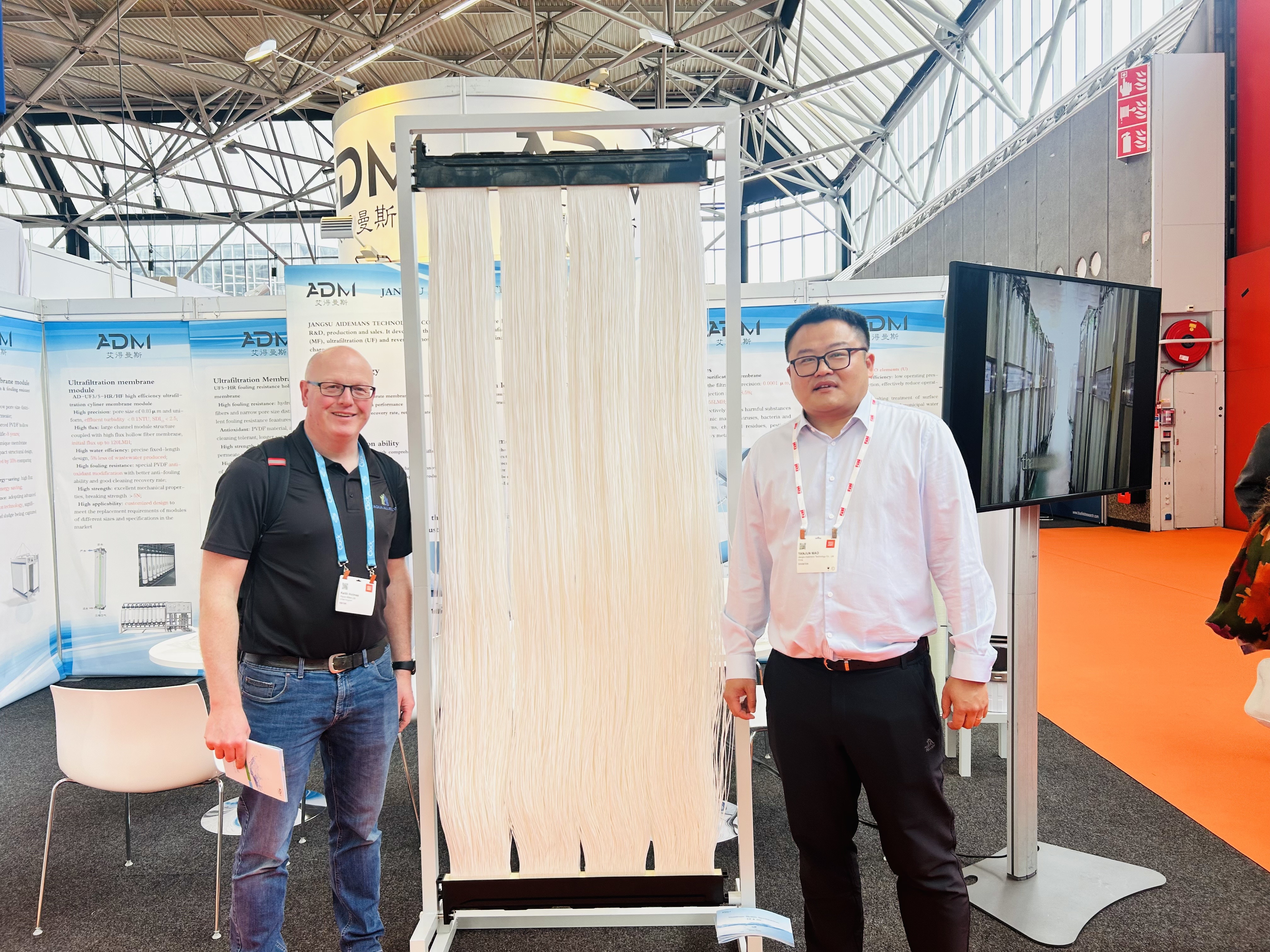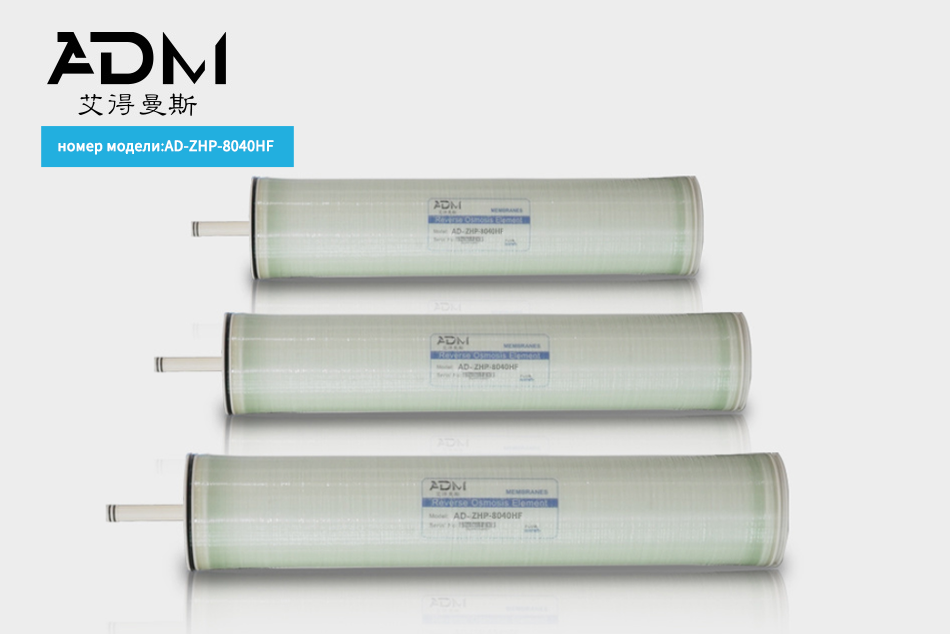Understanding Zero Liquid Discharge Reverse Osmosis: A Pathway to Sustainable Water Management
Release time:
2025-07-18
Zero Liquid Discharge (ZLD) Reverse Osmosis (RO) is an advanced water treatment technology that addresses the pressing need for sustainable water management in industries that generate wastewater. The primary goal of ZLD systems is to eliminate liquid waste from industrial operations, thereby minimizing environmental impact and enhancing water reuse. At its core, the ZLD Reverse Osmosis process in
Zero Liquid Discharge (ZLD) Reverse Osmosis (RO) is an advanced water treatment technology that addresses the pressing need for sustainable water management in industries that generate wastewater. The primary goal of ZLD systems is to eliminate liquid waste from industrial operations, thereby minimizing environmental impact and enhancing water reuse.
At its core, the ZLD Reverse Osmosis process involves a series of steps designed to separate contaminants from water, resulting in high-quality effluent that can be reused within the system or discharged safely. The technology employs semi-permeable membranes to filter out dissolved solids and impurities, effectively purifying the water. By integrating ZLD practices with RO, industries can not only conserve water but also recover valuable resources from wastewater.
One of the primary advantages of Zero Liquid Discharge Reverse Osmosis is its contribution to environmental sustainability. Traditional wastewater management practices often result in significant liquid waste, which can lead to environmental degradation and increased operational costs. In contrast, ZLD systems ensure that nearly all wastewater is treated and reused, reducing the demand for fresh water and minimizing the ecological footprint of industrial processes.
Moreover, adopting ZLD Reverse Osmosis can lead to significant cost savings over time. By recovering water from wastewater, industries can reduce their reliance on external water sources, lowering procurement costs. Additionally, ZLD systems can extract and concentrate valuable by-products—such as salts and minerals—from wastewater, opening new avenues for revenue generation.
ZLD Reverse Osmosis is particularly beneficial for industries with high water consumption, such as the chemical, pharmaceutical, and food processing sectors. These industries face stringent regulatory requirements regarding wastewater management and need to implement effective solutions to comply with environmental standards. By utilizing ZLD technology, these industries can enhance their operational efficiency while meeting regulatory demands.
In summary, Zero Liquid Discharge Reverse Osmosis represents a pivotal advancement in water treatment technology. It aligns with the growing emphasis on sustainability and resource conservation in industrial operations. By adopting ZLD practices, industries not only improve their environmental stewardship but also gain a competitive edge in an increasingly eco-conscious marketplace. As such, ZLD Reverse Osmosis is an essential consideration for organizations aiming to optimize their water management strategies and contribute to a sustainable future.
At its core, the ZLD Reverse Osmosis process involves a series of steps designed to separate contaminants from water, resulting in high-quality effluent that can be reused within the system or discharged safely. The technology employs semi-permeable membranes to filter out dissolved solids and impurities, effectively purifying the water. By integrating ZLD practices with RO, industries can not only conserve water but also recover valuable resources from wastewater.
One of the primary advantages of Zero Liquid Discharge Reverse Osmosis is its contribution to environmental sustainability. Traditional wastewater management practices often result in significant liquid waste, which can lead to environmental degradation and increased operational costs. In contrast, ZLD systems ensure that nearly all wastewater is treated and reused, reducing the demand for fresh water and minimizing the ecological footprint of industrial processes.
Moreover, adopting ZLD Reverse Osmosis can lead to significant cost savings over time. By recovering water from wastewater, industries can reduce their reliance on external water sources, lowering procurement costs. Additionally, ZLD systems can extract and concentrate valuable by-products—such as salts and minerals—from wastewater, opening new avenues for revenue generation.
ZLD Reverse Osmosis is particularly beneficial for industries with high water consumption, such as the chemical, pharmaceutical, and food processing sectors. These industries face stringent regulatory requirements regarding wastewater management and need to implement effective solutions to comply with environmental standards. By utilizing ZLD technology, these industries can enhance their operational efficiency while meeting regulatory demands.
In summary, Zero Liquid Discharge Reverse Osmosis represents a pivotal advancement in water treatment technology. It aligns with the growing emphasis on sustainability and resource conservation in industrial operations. By adopting ZLD practices, industries not only improve their environmental stewardship but also gain a competitive edge in an increasingly eco-conscious marketplace. As such, ZLD Reverse Osmosis is an essential consideration for organizations aiming to optimize their water management strategies and contribute to a sustainable future.
Previous Page:


